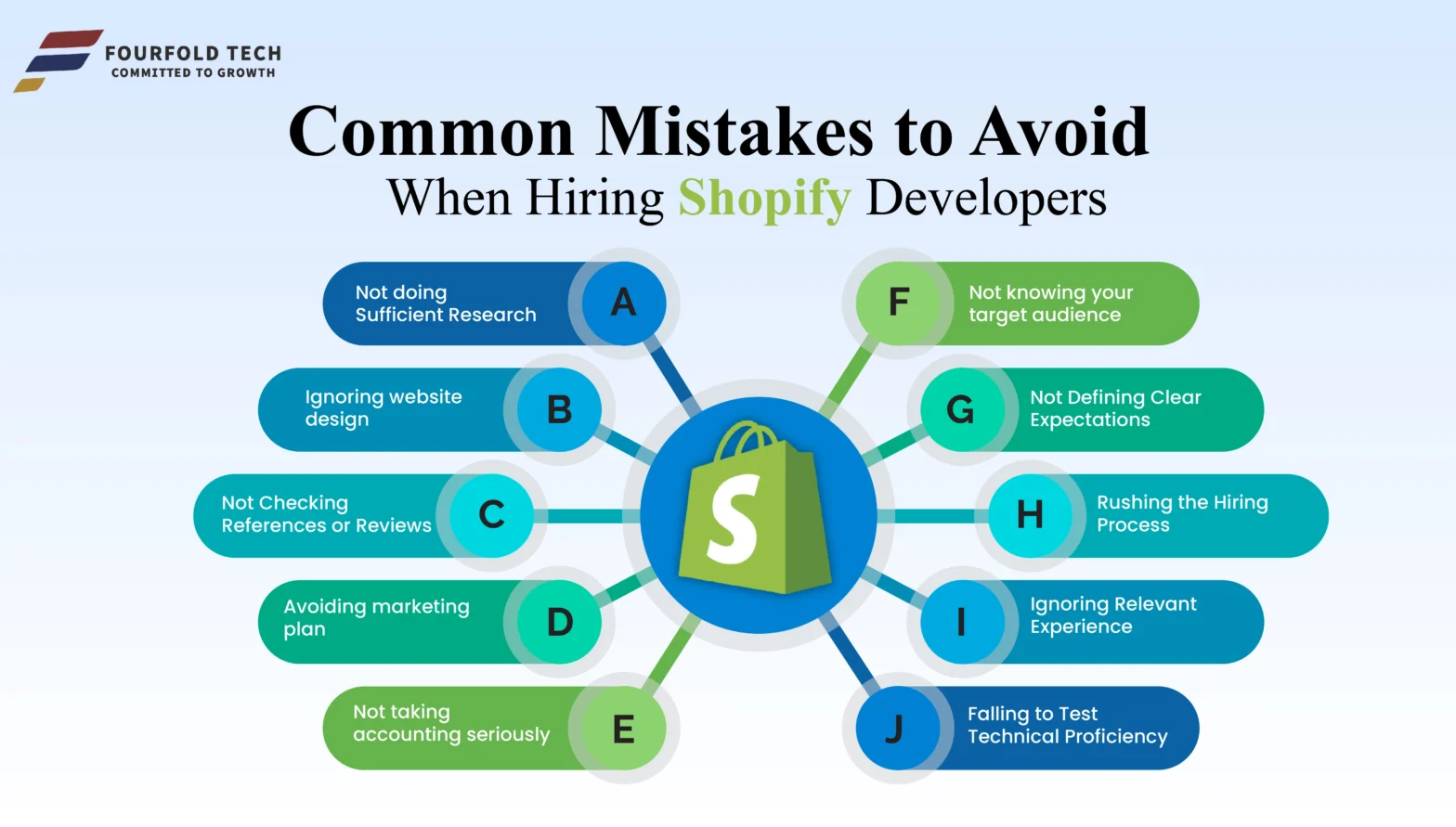
Migrating to Shopify is a smart move in 2025. It helps expand operations, and it can be a great strategic move. You will find various new growth opportunities, streamline operations, and elevate customer experience.
The migration process is difficult with some pitfalls. So, better to avoid Shopify migration mistakes by hiring a professional Shopify development company for a smooth transition of your business to the new platform. Even a small mistake can cost you clients’ revenue and reduce search rankings.
This checklist of the Top 10 Mistakes to Avoid During Shopify Migration in 2025
It will save you from committing the most common mistakes while transitioning and offer a strong platform that is popular for.
1. Casual Towards SEO Redirects
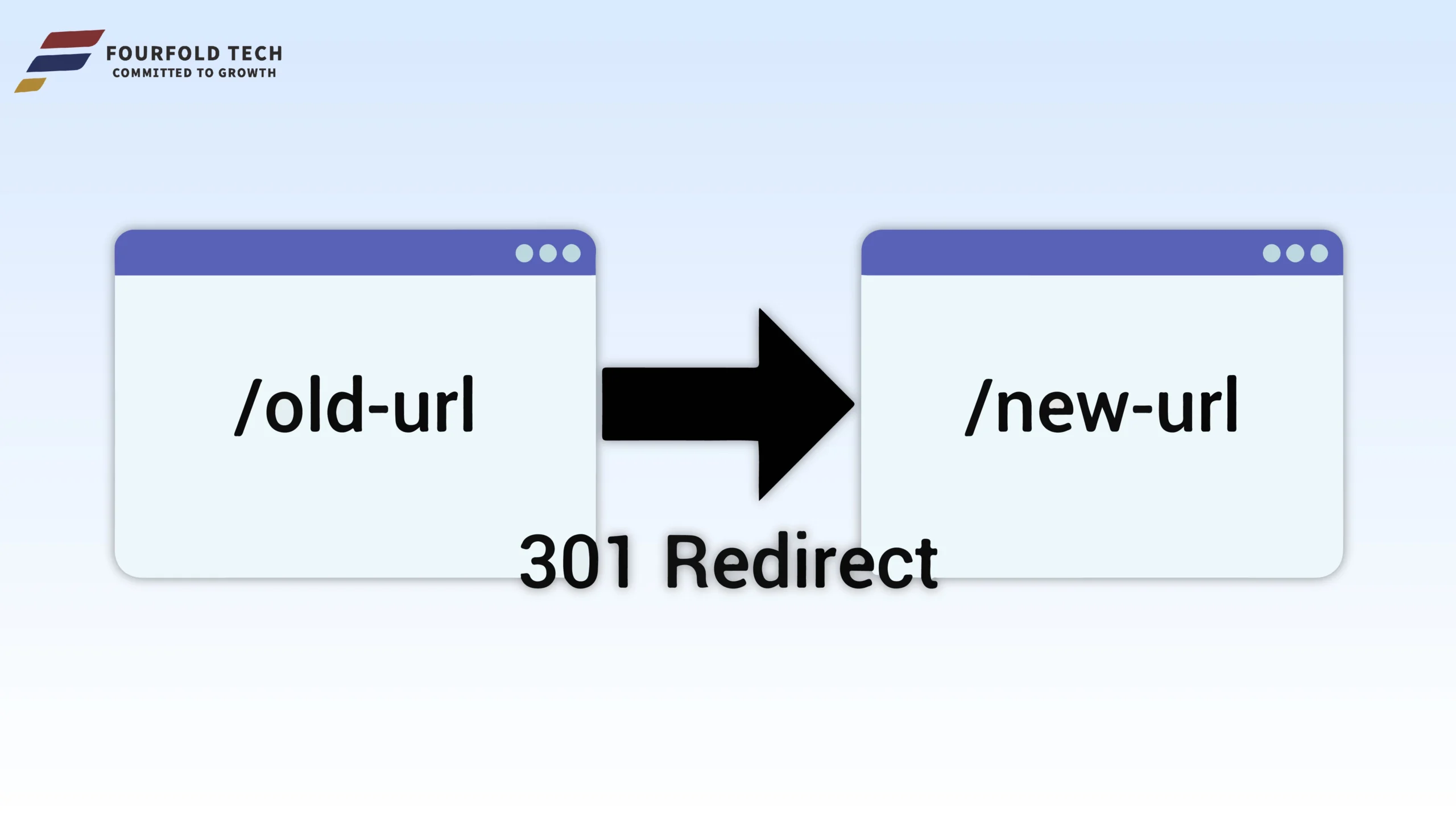
Never ignore 301 redirects. It is very common to avoid such errors. While migrating, some URLs change, and if you do not fix these broken links and connect with the right links, you lose rankings and end up with confused and frustrated users. This will hurt your organic traffic and revenue both.
Tips to Avoid:
- Review all current URLs before migration.
- Transfer old URLs to new URLs.
- Use 301 redirects for every changed URL.
- Check redirects after launch to ensure they worked well.
2. Overlooking Mobile Optimization
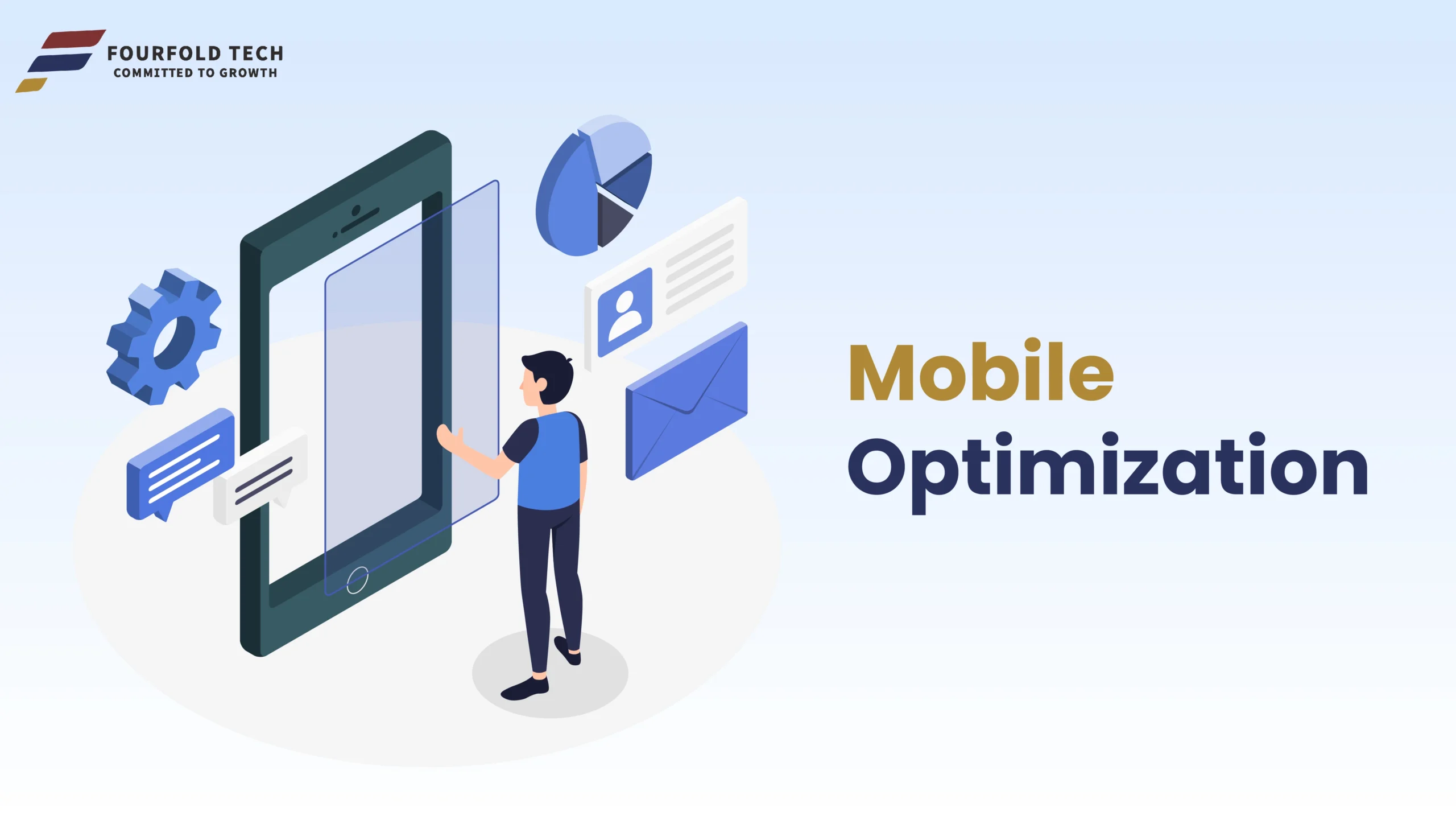
Mobile commerce continues to dominate in 2025, with nearly 80% (Statista) of e-commerce traffic coming from mobile users. This makes it important that you avoid any mobile optimization errors while switching to Shopify.
Tip to Avoid:
- Rely on a responsive Shopify theme.
- Ensure all images and pages are accessible by mobile users.
- Test your online shop on every popular device and browser.
- Ensure easy navigation and checkout for m-users.
3. Not Enough Testing of Integrations
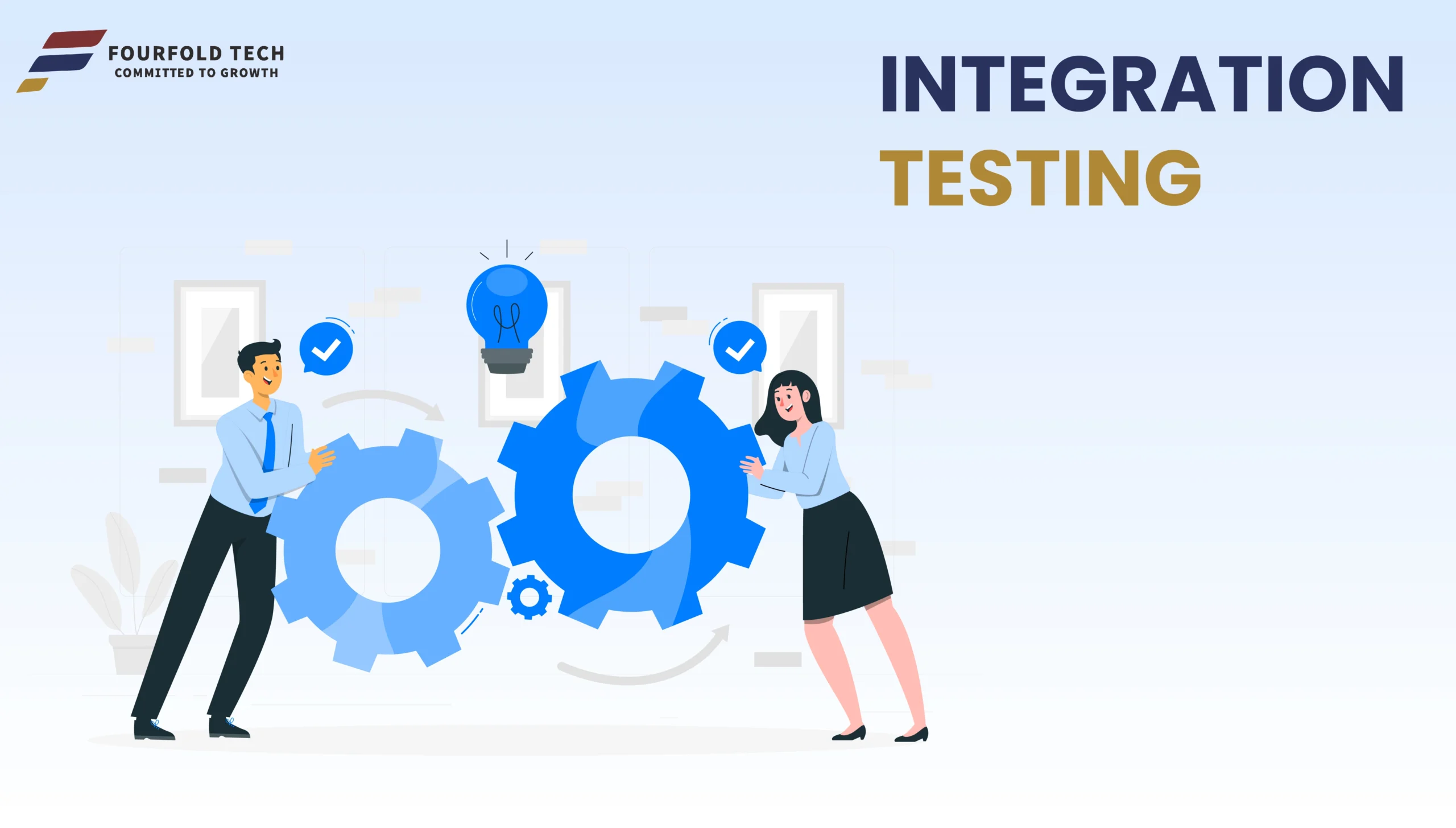
You will find various integrations on Shopify’s App Store. Make it a point to test them before using, as failing to do so can lead to poor performance, and your site is exposed to online threats. Often, people do not understand the importance of testing app integrations, which is one of the most common Shopify errors.
Tips to Avoid:
- Zero in on required apps and integrations beforehand.
- Test all integrations in a live environment.
- Ensure all integrations perform well before going live.
- Look for any glitches or performance issues.
4. No Time for Quality Assurance (QA)
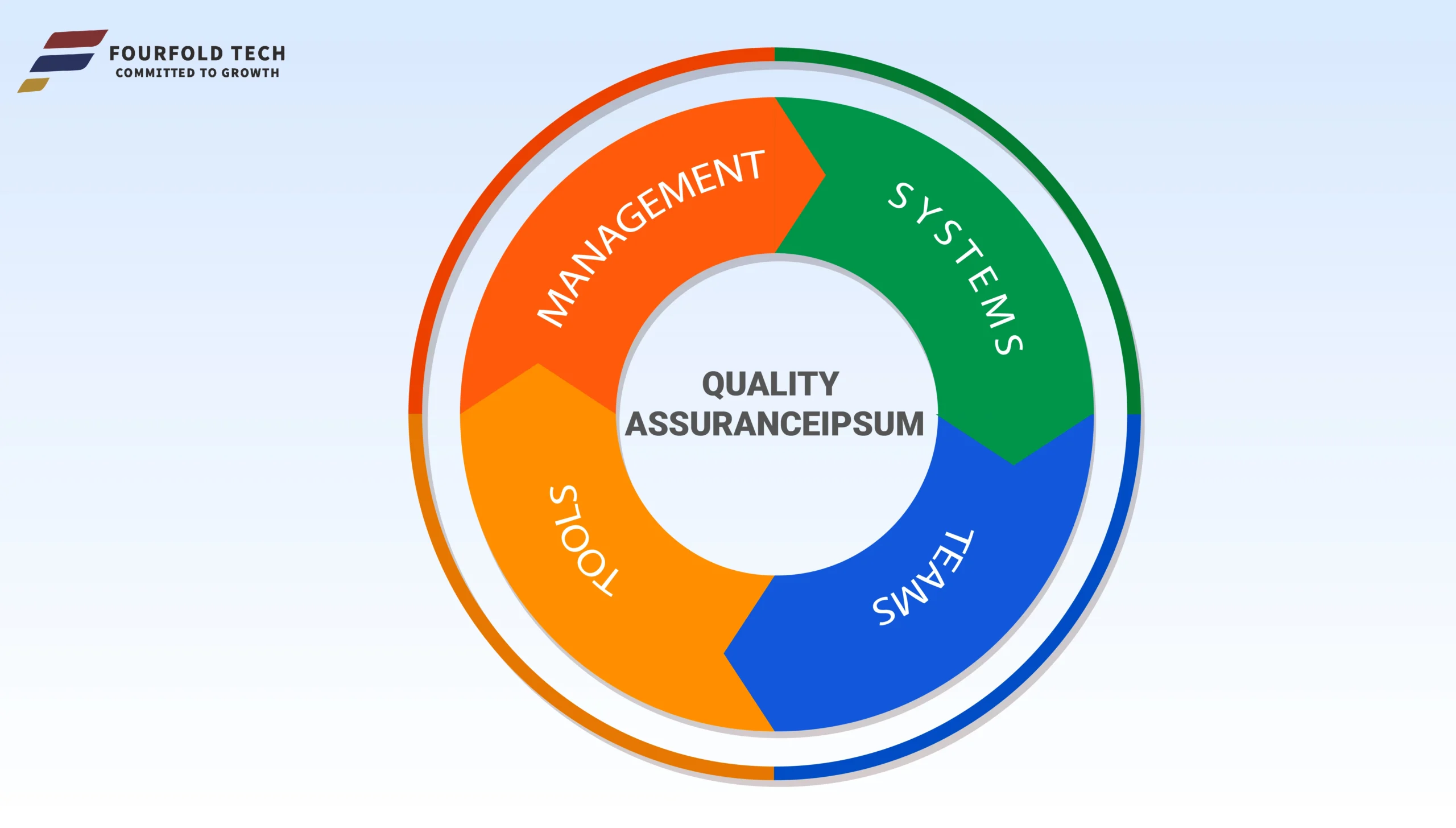
Ignoring the quality assurance aspect often impacts the migration process, leading to payment glitches, broken features, and poor customer experience. Skipping QA is one of the most costly Shopify migration mistakes.
Tips to Avoid:
- Prepare a comprehensive QA checklist, and ensure all functionalities work well.
- Audit data accuracy for orders, products, payment, and customers.
- Review checkout, forms, payment gateways, and product pages.
- Test the user interface to understand usability issues.
5. Poor Timeline Estimation

Improper estimation of migration time might result in rushed launches, missed deadlines, and unnecessary stress for your developers. No right planning is also a common Shopify migration error.
Tips to Avoid:
- Migration should have a clear roadmap, planning, design, data migration, testing, and finally, launch.
- Share the timeline with all key persons.
- Avoid introducing during sales seasons.
- Set aside extra time for unexpected troubles.
6. Shelving Data Issues
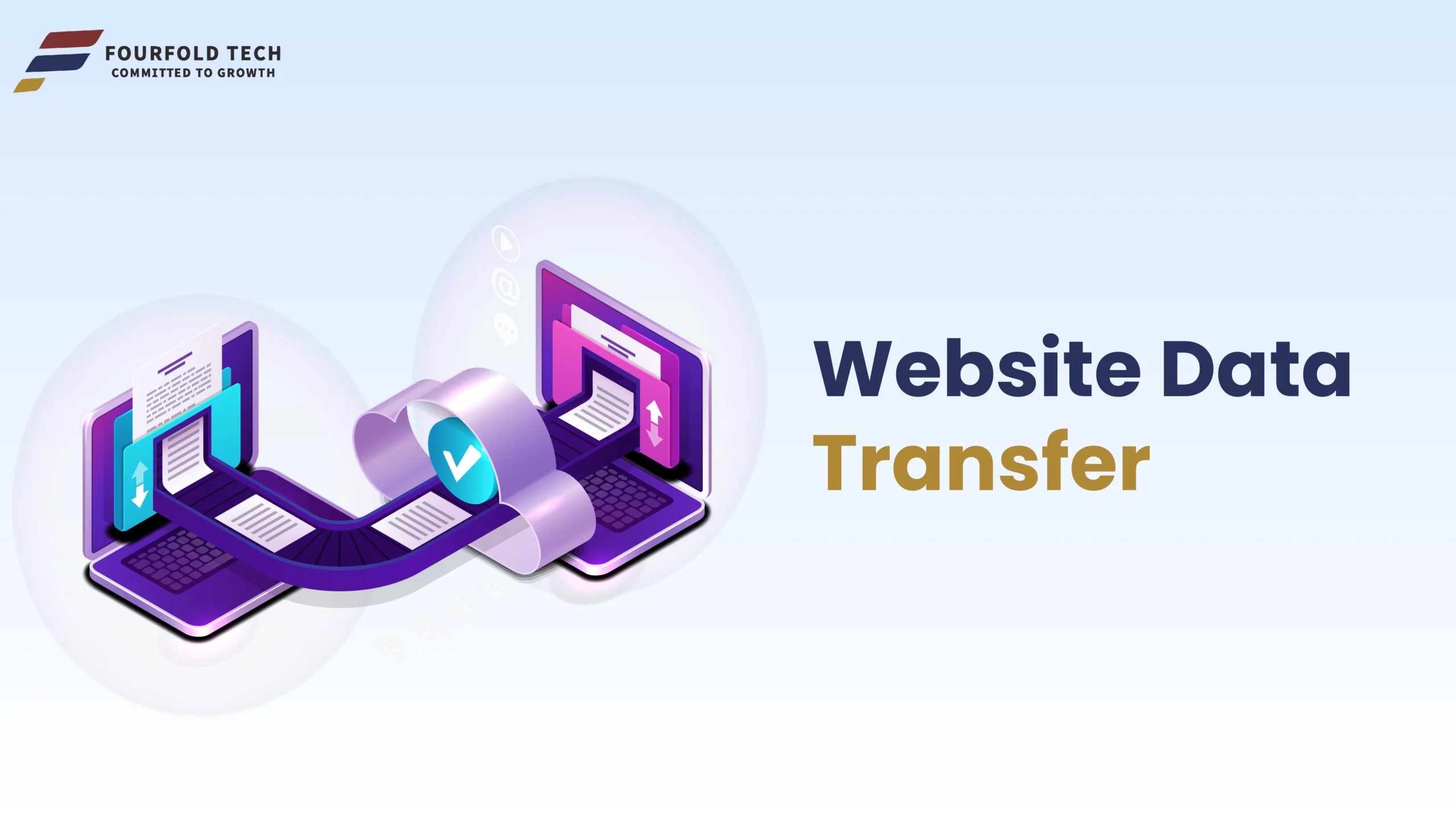
Data migration is not an afterthought process. This may result in missing or inconsistent product, order, or customer data. Data mapping troubles are a general Shopify migration mistake that can harm business functions.
Tips to Avoid:
- Review and map your data before migration.
- Match your data fields between your old platform and Shopify.
- Cross-check all data for accuracy after migration.
- Migrate and test small batches of data imports.
7. Not Keeping the team in the Loop

Migration is a complex process, involving diverse teams. If you miss keeping all these teams in the loop—such as sales, marketing, IT, and customer service—it can go haywire due to miscommunication.
Tips to Avoid:
- Meet regularly with all teams.
- Assign defined roles and accountabilities.
- Update each change and progress to every team member.
8. No Back Up Data
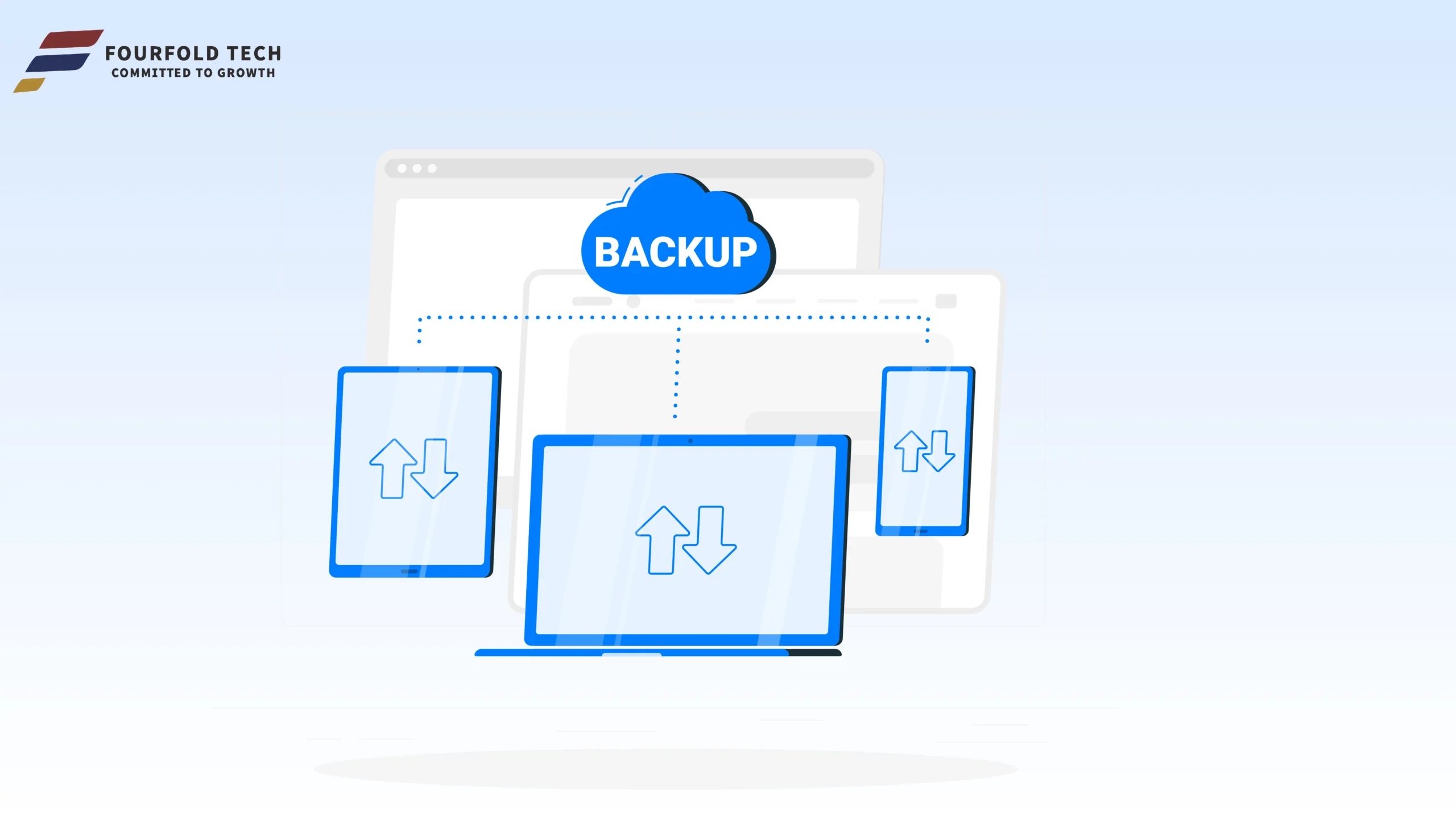
Not having a backup of your store data before migration often leads to the risk of permanent data loss.
Tips to Avoid:
- Do not avoid having a backup of all product, customer, and other vital data.
- Keep backups securely and audit restoration processes.
- You can use Shopify’s export systems or third-party backup tools.
9. Not Informing Customers

Often, migration can affect customer accounts and order logs. Failing to inform your customers about these changes can result in chaos and confusion, and ultimately, you lose the trust of customers.
Tips to Avoid:
- Do not miss updating your customers about the migration beforehand.
- Deliver clear guidelines for account setup or password resets.
- Also, provide free support during and post-transition.
10. Ignoring Post-Launch Monitoring
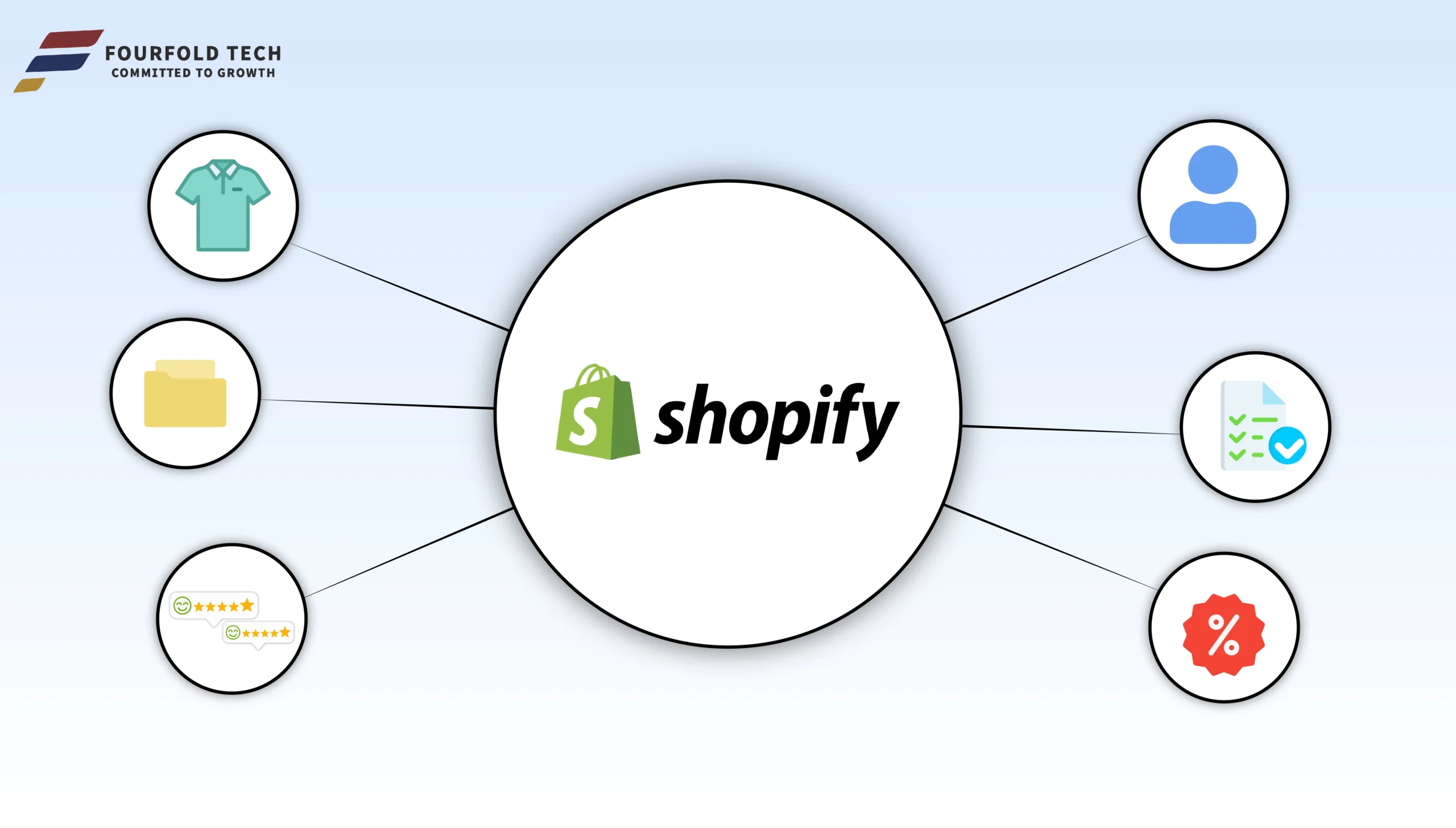
Many businesses don’t monitor their new Shopify store post-launch. It allows many small issues to go unnoticed, harming performance and customer satisfaction.
Tips to Avoid:
- Track loading time, site speed, and error logs.
- Seek customer feedback to detect usability issues early.
- Monitor analytics to find traffic or conversion dips.
- Fix bugs or problems quickly.
Read More: The Ultimate Shopify Migration Checklist for 2025: A Step-by-Step Guide
Summary
Shopify Migration in 2025 offers many benefits if you avoid the above-listed top 10 Shopify migration mistakes. It is vital for seamless switching and continued growth. The most common mistakes as avoiding SEO redirects, mobile optimization, skipping QA, and not having a proper roadmap of timelines, can have negative impacts on your online store.
Careful planning, keeping your team in the loop, and intense testing of every aspect of your new online store can help avoid any functional or operational glitches. You can easily avoid the most common Shopify errors of 2025 and run your business towards success. Or can hire Fourfold Tech for all your Shopify Migration needs.


